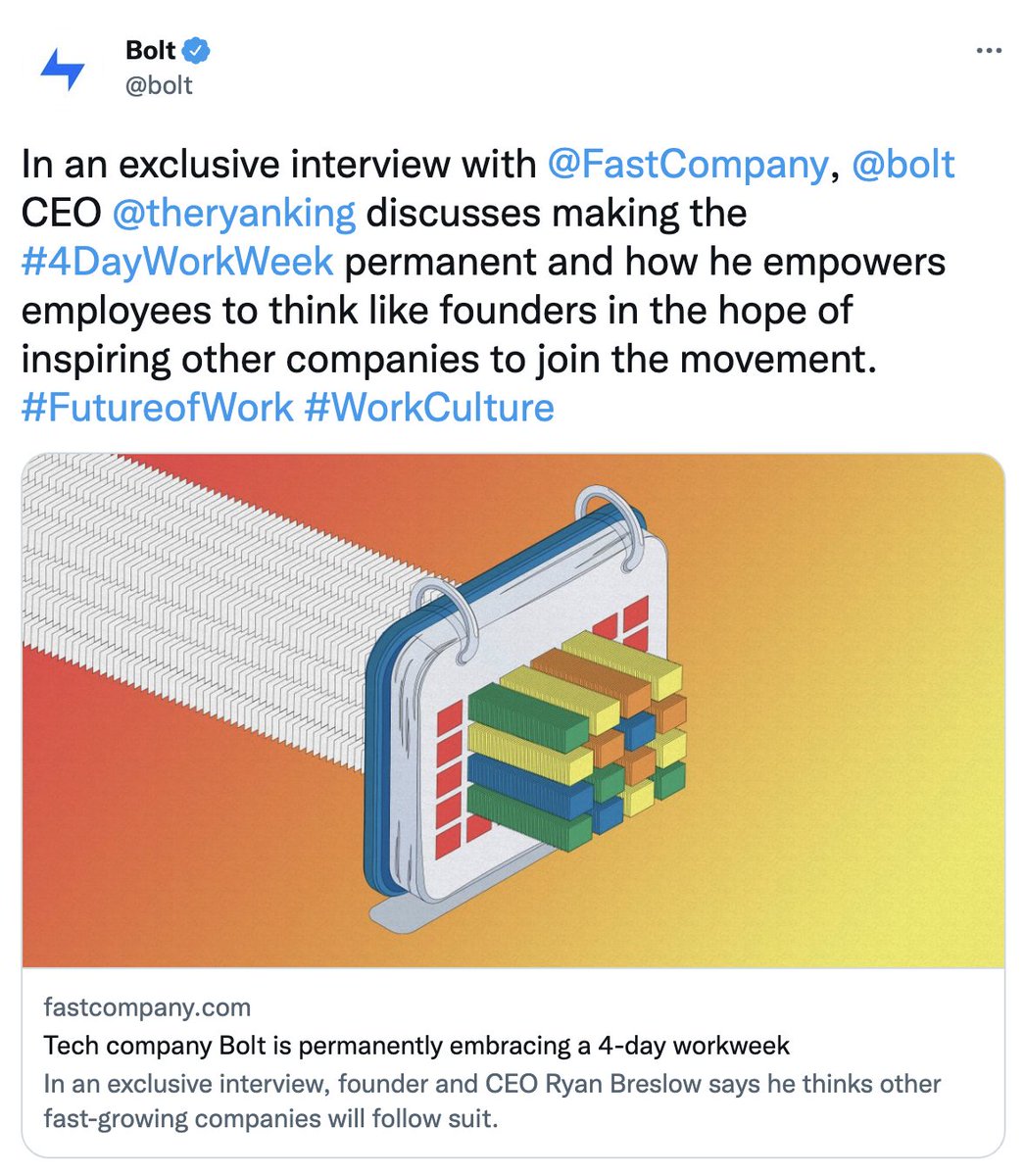
Does your brand still create listicles?
Zapier does.
And they have used them to drive 5M+ organic sessions this year.
From just ~100 listicles...
Let's break it down.
🧵
Zapier does.
And they have used them to drive 5M+ organic sessions this year.
From just ~100 listicles...
Let's break it down.
🧵
Yes, I said listicles.
Zapier has built an SEO moat that drives over 455k sessions per month & ranks on 287k keywords with ~100 listicles.
Zapier has built an SEO moat that drives over 455k sessions per month & ranks on 287k keywords with ~100 listicles.

From the best note-taking apps to the best URL shorteners, Zapier has a listicle ready for a curious searcher. 

These 100+ different “best-of” listicles:
✅ Drive over half of their blog traffic.
✅ Rank on extremely difficult keywords.
✅ Actually convert readers into new users.
And they have been producing them for over 5 years.
✅ Drive over half of their blog traffic.
✅ Rank on extremely difficult keywords.
✅ Actually convert readers into new users.
And they have been producing them for over 5 years.
If you're not aware, Zapier helps people automate tasks between apps.
In fact, it's one of my favorite tools to recommend to new marketers.
In fact, it's one of my favorite tools to recommend to new marketers.
Yet, they rank in the top spots for things like:
🔗 URL Shortener - 85k searches/month
✅ To-Do List - 54k searches/month
💻 Link Shortener - 49k searches/month
📆 Calendar App - 10k searches/month
🔗 URL Shortener - 85k searches/month
✅ To-Do List - 54k searches/month
💻 Link Shortener - 49k searches/month
📆 Calendar App - 10k searches/month

The true genius of these listicles is that Zapier has used them to rank on keywords that are not related to its core business.
Like at all.
Like at all.
They have built an incredible content moat by simply listing the best presentation software, journaling apps, or time trackers. 

So by targeting a keyword like URL Shortener.
Zapier drives almost 100k sessions a month & ranks on 9.5k keywords.
Again, these apps are not directly related to its core business offering.
But they can dominate keywords & take advantage of curious searchers.
Zapier drives almost 100k sessions a month & ranks on 9.5k keywords.
Again, these apps are not directly related to its core business offering.
But they can dominate keywords & take advantage of curious searchers.

With each of these listicles they can target:
🔥 Parent keywords like "to do list"
🔥Child keywords like "best to do list"
🔥 Long-tail keywords like "free notes app"
🔥Brand keywords like ToDoist or OneNote
🔥 Parent keywords like "to do list"
🔥Child keywords like "best to do list"
🔥 Long-tail keywords like "free notes app"
🔥Brand keywords like ToDoist or OneNote
Now, last time I checked, Zapier didn't make a To-Do List App or a Calendar App.
So from the surface, it might be VERY confusing why they have invested so much into these listicles.
But once you look at the actual content, it makes perfect sense.
So from the surface, it might be VERY confusing why they have invested so much into these listicles.
But once you look at the actual content, it makes perfect sense.
Do you know what Zapier does offer?
Integrations & automation with ALL of those apps in the listicle.
Integrations & automation with ALL of those apps in the listicle.

Literally, every app on the list integrates directly with Zapier.
Just like they planned.
And that's exactly how they turn those millions of readers into new users.
Just like they planned.
And that's exactly how they turn those millions of readers into new users.

Want to learn EXACTLY how Zapier turns those readers into users?
And how each listicle is used to test new product features before they launch?
Check out the full teardown here: foundationinc.co/lab/zapier-lis…
And how each listicle is used to test new product features before they launch?
Check out the full teardown here: foundationinc.co/lab/zapier-lis…
• • •
Missing some Tweet in this thread? You can try to
force a refresh












